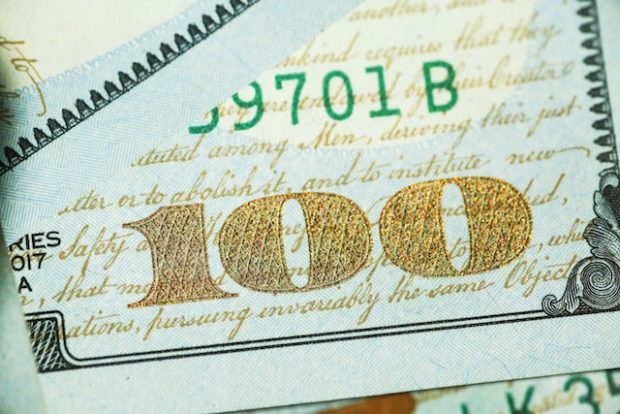In this era of digital transactions, a paper check may seem like an artefact from the past. But sometimes, you may need to understand how to sign a check over to someone else. This process, known as endorsing a check, allows you to transfer the ownership of the check to another individual. Let’s delve into this process with a step-by-step guide.
Understanding the Basics of Check Endorsement
The process of endorsing a check essentially involves the original recipient signing their name on the back of the check. This signature authorizes the bank to process the check and transfer funds from the payer’s account to the account of the person depositing the check. It’s similar to signing a letter of approval, signalling your consent for the check’s processing.
But what happens when you want to give the check to another person? That’s where the process of signing a check over to someone else comes in. But before you delve into this, it’s crucial to understand that this process is subject to the policies of individual banks. Not all banks will accept third-party checks due to the increased risk of fraud.
Step-by-Step Guide on Signing a Check Over
If you’ve been handed a check made out to you and you want to sign it over to someone else, the steps are quite straightforward. It’s like passing the baton in a relay race – it involves both your actions and the actions of the person receiving the check.
-
- Flip the Check Over: On the reverse side of the check, you’ll find a few lines or a box where you’re supposed to endorse the check.
- Endorse the Check: Sign your name on the top line as it appears on the front of the check.
- Write the Third Party’s Name: Under your signature, write “Pay to the order of” followed by the name of the person you’re transferring the check to.
- Deliver the Check: The final step is to deliver the check to the person you’re signing it over to. They will then need to endorse the check under your name and can then deposit or cash the check.
Potential Challenges and Risks
While signing a check over to someone else can be a convenient way to transfer money, it has potential challenges and risks. For one, as mentioned earlier, not all banks accept third-party checks. SoFi advisors explicitly mention in their guidelines, “It is wise only to accept an endorsed check from an individual you know and trust or verify the check before you deposit.” This practice can be seen as a red flag for possible fraud; some banks avoid it entirely. It’s like trying to enter a private event without a personal invitation – you might be turned away at the door.
Alternatives to Signing a Check Over
If signing a check over to someone else seems too complicated or risky, there are alternatives. Direct bank transfers, money orders, and electronic payment apps provide ways to transfer money without the need for a paper check. They’re like taking a direct flight instead of multiple layovers – they get you to your destination quickly and efficiently.
Transferring the ownership of a check by signing it over to someone else can be a convenient way to handle payments when electronic transfers are not an option. However, it’s crucial to understand the process and potential pitfalls. Just like reading a map before a road trip, understanding these details can help you navigate your financial journey more effectively.
Read More:


